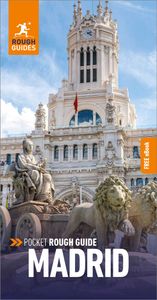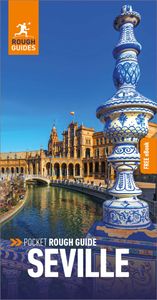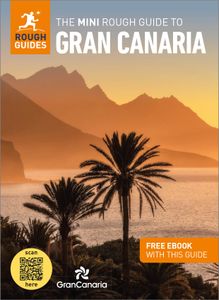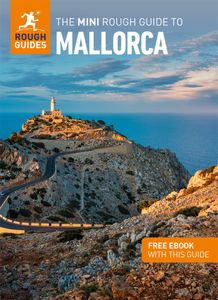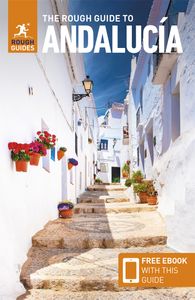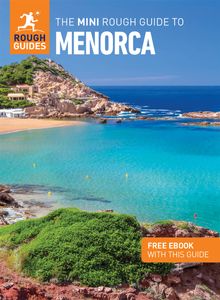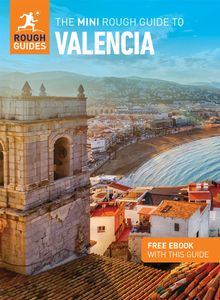Fiestas de San Fermin
Pamplona's legendary Fiestas de San Fermín, or Sanfermines, known to the rest of the world as the Running of the Bulls and popularized by Ernest Hemingway's The Sun Also Rises (1926), lasts from noon on July 6 until midnight on July 14. The daily early-morning bull-run, or encierro, is just one component of nine days of riotous celebration, which also features bands, parades and 24-hour dancing in the streets. For details, see w sanfermin.com.
El encierro
The encierro, the Running of the Bulls, takes place every morning. Six bulls are released at 8am, to run from the Corralillos near Plaza Santo Domingo to the bullring, where they will fight that evening. They take around four minutes to race a fenced-off course of just over 800m, through Plaza Consistorial and along c/Estafeta; official pastores (shepherds) armed with sticks make sure they keep going. A second batch of more placid animals follows, to help round up stragglers. In front, around and occasionally beneath the bulls run the hundreds of locals and tourists who are foolish or drunk enough to test their daring against the horns.
Other San Fermín events
Pamplona offers plenty of other hazardous pursuits. Many visitors have fun hurling themselves from the central fountain on Plaza Consistorial or surrounding buildings, in the all-too-often vain hope that their friends will catch them. Other events include live music nightly from midnight in the bars and at Plaza del Castillo, continuing until about 4am in the fairground on the Avenida de Bayona, 1km southwest of the centre. Fireworks go off every evening in the Ciudadela park (about 11pm), and there's a funfair on the open ground alongside. Competing bands stagger through the streets all day playing to anyone who'll listen.
Two days before the encierro, animal-rights charity PETA puts on the annual Running of the Nudes in which naked protestors draw attention to the conditions endured by the bulls and what happens to them afterwards.
Bullfighting itself take place daily at 6.30pm. Tickets (€15–75) go on sale at the Plaza de Toros at 8am the day before. At the end of the week (midnight July 14), the festivities are officially wound up for another year with a mournful candlelit procession, the Pobre De Mi (Poor Me). For more on bullfighting see Sports and activities.
Among the best of the other Basque towns where fiestas involve some form of encierro are Tudela (July 24–28), Estella (first weekend of Aug, with no official ban on women participants), and Tafalla (mid-Aug).









